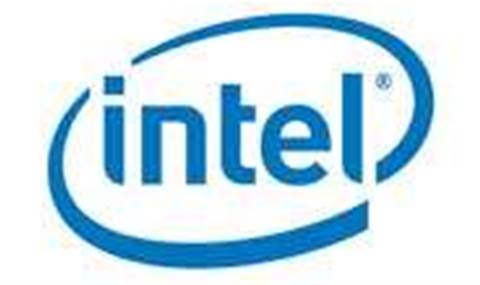Intel has spent the last few years reinventing itself from a chip manufacturer to a full service computing firm chief executive Paul Otellini told investors today.
Speaking at the company's annual investment day Otellini said that the company began to change in 2006 and has added software and services to its portfolio and integrated them into the company to make it ready for the next decade in the computing market.
“The company has been transformed in a way that's remarkable and makes us a different kind of company,” he said.
“In 2000 we were a chip company, today we have platforms, software and services being added into company. We're transforming ourselves into a computing company, one of the fundamental computing companies of this century”
The company now had a full selection of chips, ranging from Atom for embedded systems and netbooks, to the highest end server chips. By the end of the year Intel was forecast to ship 3.3 billion cores this year Otellini said, but added that he thought in fact the company would hit four billion.
However it was backing these up with a software ecosystem consisting of 14 million developers working on Intel architecture to run them and services to support them and the company is running the third largest software development programme in the world.
“Developers are critical to a computing company,” said Rene James, Intel's general manager of software and services.
“It creates new uses for the people and processes involved with silicon. We've been building out our software capabilities both organically and non-organically [with acquisitions].”
In addition Intel had streamlined during the downturn he said. The time to market for volume production of new chips had been halved he said, which was not only better for buyers but also meant sellers weren't sitting on outdated inventory for so long.
In efficiency the company had saved US$6.6 billion (A$7.37 billion) in costs over the last four years he said, and Intel's productivity was at its highest rate ever, with each employee now generating over US$500,000 (A$558.63) in revenue per year.
In the PC sector the market was growing by 2.4 percent a year, with the growth in the desktop market in new markets like China while sales fell in the US and Europe. With prices dropping the PC was becoming affordable in a wide variety of markets Otellini said.
Laptops were seeing strong growth in all markets, but particularly in the replacement of desktop systems. Otellini forecast growth rates for over 20 percent for the next five years.
Tablet and netbooks sales were also growing well he said, with 100 million netbooks forecast to be on the market by the end of the year. Otellini dismissed concerns that these would cannibalise sales from higher margin laptops.
“My personal belief is that tablets are additive,” he said.
“I don't think thy will take market share, you do different things with a tablet than you do with other platforms. Tablets are consumption devices, notebooks are creation devices.”
Overall the changes will mean Intel is predicting double digit growth for the next few years in revenue, with PC, laptop and server chips all showing continuing growth.
Intel is no longer a chip company says Otellini
By
Iain Thomson
on May 12, 2010 9:16AM

Got a news tip for our journalists? Share it with us anonymously here.
Partner Content
_(21).jpg&h=142&w=230&c=1&s=1)
Empowering Sustainability: Schneider Electric's Dedication to Powering Customer Success

MSPs with a robust data protection strategy will achieve market success
.jpg&h=142&w=230&c=1&s=1)
New Microsoft CSP rules? Here’s how MSPs can stay ahead with Ingram Micro
.png&h=142&w=230&c=1&s=1)
How mandatory climate reporting is raising the bar for corporate leadership

Beyond the box: How Crayon Is Redefining Distribution for the Next Era






.jpg&w=100&c=1&s=0)
_(8).jpg&w=100&c=1&s=0)










